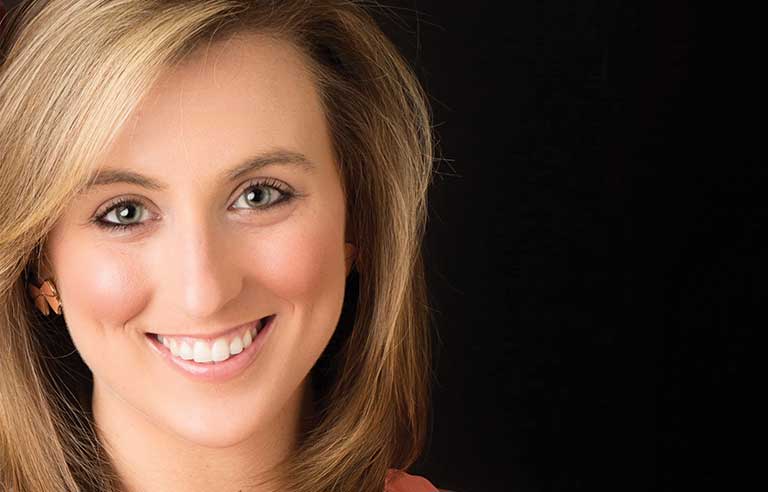My Story: Caitlyn Timko


I started as a quality intern in one of our manufacturing facilities as a Clemson University industrial engineering student. It was my first exposure to a real professional work environment, so I worked hard and ended up having spare time after completing my various assignments. My manager at the time suggested that I spend my extra available time assisting the safety coordinator, because part of the industrial engineering program that I enjoyed so much focused on ergonomics.
My first day with the safety coordinator was spent in a corporate training workshop on how to perform risk assessments. I was drawn to the process of identifying hazards, analyzing risk and coming up with ideas for how to reduce that risk. I also was motivated by the feeling that, in both tangible and intangible ways, I would be spending my time helping improve people’s lives. So when the safety coordinator announced he’d be retiring, I applied to take his place. I was still a student at the time, so getting the job was seemingly extremely unlikely, but I knew I had found something I really enjoyed and could be really good at.
The safety coordinator agreed to delay his retirement by a year so that I could finish my degree and shadow him one to two days a week. Once I graduated in May 2013, he retired and I started full time in his place. One year later, I was promoted to our corporate safety team.
As an industrial engineering student, I had spent several years studying how to take processes, systems, machines, designs, etc., and improve them. This gave me a unique perspective on safety in the workplace. I was already trained on how to look at what currently existed and figure out ways to improve it – whether that meant reducing risk or reducing the perception of risk, which, for the associates on the floor, was sometimes equally as important.
Industrial engineers – and safety professionals – can make big strides in improving a safety culture by making improvements to things that are not only inherently safe but also inherently easy to use and well-liked by associates. This perspective has been my strength as a safety professional, so when I decided to further my education in the safety field, I was excited by the advanced safety engineering and management curriculum at the University of Alabama at Birmingham. The five semesters I spent getting my master’s degree helped me complete that bridge between design engineering and managing a safe workplace.
My passion in this field has been driven by two factors. First, I wholeheartedly believe in the idea of people having the right to go to work and come home just as healthy as they left. Second, I am challenged every day in my position to rethink how safety has been managed for the past several decades. As a 27-year-old female in automotive manufacturing, I am no stranger to challenging the status quo. How are we balancing reducing TRIR with preventing serious injuries and fatalities? How can I help my company measure the presence of safety rather than the absence of it? How can we better understand what motivates people to accept certain levels of risk? How can I use my journey to help others who never knew they wanted to be safety professionals?
We still have people dying at work nearly every day in this country, and more whose lives are forever changed by debilitating injuries and illnesses, so maybe a challenge to the status quo is exactly what we need.
Caitlyn Timko, ASP
Senior EHS Engineer
Greenville, SC
What’s your story?
Email us at [email protected] with the subject line “My Story.” You may be featured in an upcoming issue of Safety+Health.
Post a comment to this article
Safety+Health welcomes comments that promote respectful dialogue. Please stay on topic. Comments that contain personal attacks, profanity or abusive language – or those aggressively promoting products or services – will be removed. We reserve the right to determine which comments violate our comment policy. (Anonymous comments are welcome; merely skip the “name” field in the comment box. An email address is required but will not be included with your comment.)

